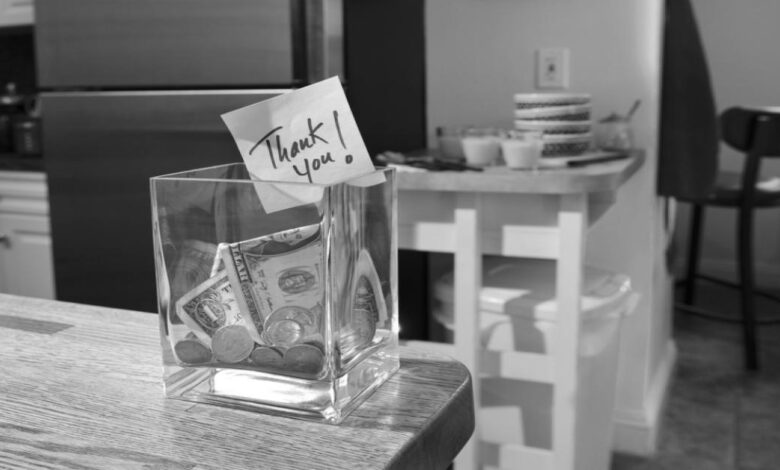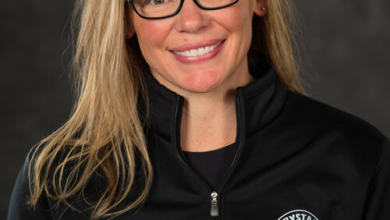How to navigate the new world of tipping

“Small businesses in particular, they just get these platforms and they put it up on the counter and they don’t think about it,” said Nathan Warren, an assistant professor at BI Norwegian Business School in Oslo who has studied tipping. For business owners, he said the extra cash from tips “seems like a no-brainer — if you don’t think through the possible implications of frustrating your customers.”
Square, one of the most widely used payment-processing systems, can ask customers to select a $1, $2 or $3 tip on orders less than $10, Warren said, and it’s a hassle to enter an alternative amount.
“On a $2 cup of coffee, that’s a 50 percent, 100 percent, 150 percent tip,” he said. “You ask and some feel obligated. Some feel like they want to. … You feel bad about yourself if you hit ‘no tip.’ And so people pick the lowest amount, which is 50 percent. So they’ve blown the roof of any sort of norm of 15 percent.”
Seeing tip requests all over the place is leading to “tip fatigue,” Whitcomb said, though she hasn’t seen any evidence that it has translated to a drop in tips.
Toast, one of the common digital platforms used by restaurants, pointed to a recent report that shows customers across the country are continuing to tip well. The average tip was 19.6 percent at a full-service restaurant and 16.9 percent at quick-service restaurants, the report found, with people tipping notably more when dining in at an establishment compared with getting takeout or delivery.




